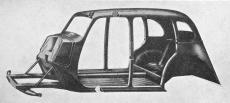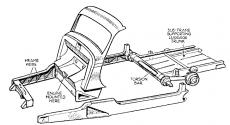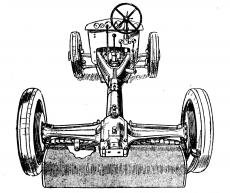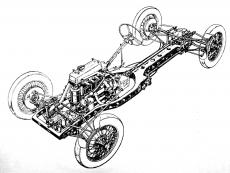How much (electric) power is needed?
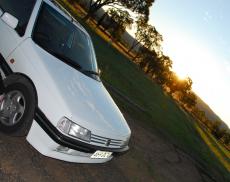 A while ago I attended an electric car show held in Sydney. I made the 2000-odd kilometre trip in my Peugeot 405 diesel, a car that, incidentally, gained high Fives (in litres/100km) for the trip.
A while ago I attended an electric car show held in Sydney. I made the 2000-odd kilometre trip in my Peugeot 405 diesel, a car that, incidentally, gained high Fives (in litres/100km) for the trip.
At the show I briefly sampled three of the home-converted electric cars – a very interesting experience. And on the long drive home to the Gold Coast, I had plenty of time to reflect on these cars.
The electric cars I drove each retained the original gearbox: the electric motor was bolted up to the ‘box and the ratios could be selected by the driver. Typically, the cars were started off in second gear and then third and fourth and fifth gears were used as appropriate. (I used first gear off the line and felt an immediate gain in starting performance.)
But none of the cars I drove had performance that came close to conventional petrol engine (or even commercial hybrids). Even when the electric motor was rated at a higher power than the original engine, the massive weight of batteries substantially dulled the resulting power/weight ratio.
Putting in a more powerful electric motor (or running two electric motors) would of course help solve that, but at the expense of greater electrical power consumption that in turn would need either more batteries or result in a shorter range (and none of the ranges were very good to start with!). However, all the cars could easily exceed the 110 km/h open-road speed limit.
Clearly, what is needed is an electric motor that has only enough power to do the job – but no more.
- » Continue reading or Comments (35)

 Julian Edgar, 50, has been writing about car modification and automotive technology for nearly 25 years. He has owned cars with two, three, four, five, six and eight cylinders; single turbo, twin turbo, supercharged, diesel and hybrid electric drivelines. He lists his transport interests as turbocharging, aerodynamics, suspension design and human-powered vehicles.
Julian Edgar, 50, has been writing about car modification and automotive technology for nearly 25 years. He has owned cars with two, three, four, five, six and eight cylinders; single turbo, twin turbo, supercharged, diesel and hybrid electric drivelines. He lists his transport interests as turbocharging, aerodynamics, suspension design and human-powered vehicles.

